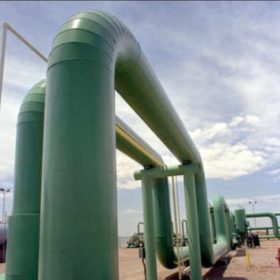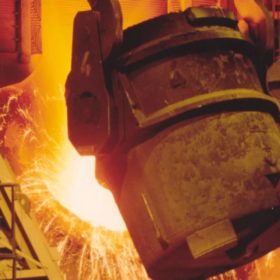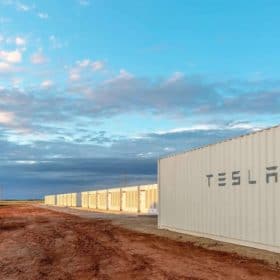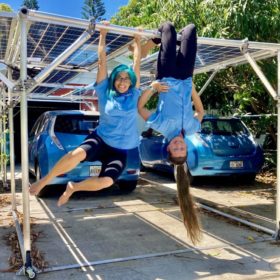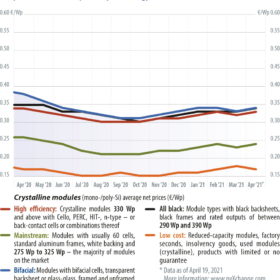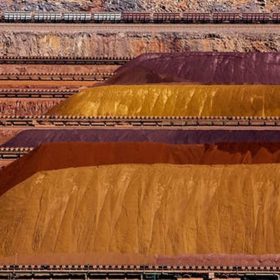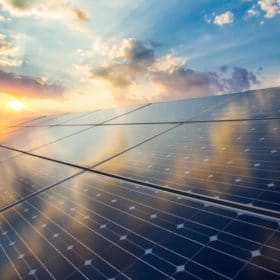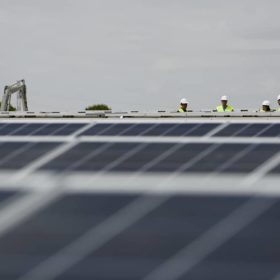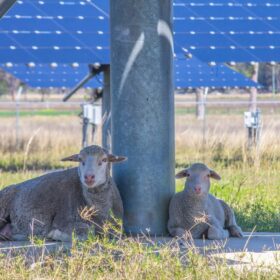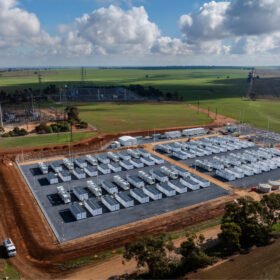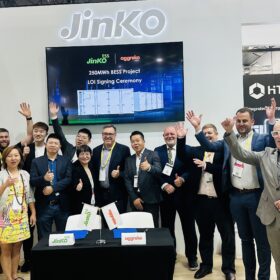Why green hydrogen is reaching tipping point
An increasingly dynamic low-carbon hydrogen market has seen a deluge of government support, corporate commitments, announced projects and even bystander intrigue over the past 18 months. We believe this activity amounts to a paradigm shift which will see green hydrogen – hydrogen created from the electrolysis of water using renewable energy – emerge as a key element of the energy transition.
Factory explosion in Xinjiang threatens further polysilicon shortage
With the solar industry already seeing prices rise because of a shortage of panel raw material polysilicon, an explosion yesterday at the factory of a silicon metal producer in Xinjiang could have further repercussions on supply. No casualties have been reported.
German hydrogen demand likely to pick up from 2030, says Fraunhofer
Widespread green hydrogen deployment will be key to achieving stringent climate targets, and German hydrogen demand is set to grow from the 80 TWh range in 2030 to between 400 TWh and 800 TWh by 2050, according to a new joint study by several Fraunhofer-related entities.
Software can reimagine breakthrough battery tech to power the electric future
By understanding the challenges that impacted the solar industry, battery material manufacturers will be better equipped to scale next-generation technologies from the lab to have a real-world impact.
Portable solar carport designed by student wins Genius award
Dubbed Gismo Power, the appliance is entirely mobile, can be grid-connected, and may be folded for storage.
Sunday read: Is sustainable market development possible?
Module manufacturers have once again adjusted their prices upwards. This is already the third or fourth price increase in the last six months, and there is no end in sight, writes Martin Schachinger of pvXchange. But why is it so hard to achieve long-term, sustainable development in the global solar market, at least on the part of manufacturers? Few other industries are so turbulent, with constant swings between excess supply and bottlenecks, between price collapses and price rises – and always to the breaking point of the market. Yet again, planning security is out the window.
‘Green steel’ is hailed as the next big thing in Australian industry. Here’s what the hype is all about
Steel is a major building block of our modern world, used to make everything from cutlery to bridges and wind turbines. But the way it’s made – using coal – is making climate change worse.
IHSM clean energy insights: High module prices and shipping costs jeopardize 2021 installation outlook
In the first installment of a new monthly blog by IHS Markit, Edurne Zoco, executive director for clean energy technology, writes that high prices and increased freight costs are putting solar PV procurement teams under extreme pressure, particularly those teams with connection deadlines this year that were anticipating a more favorable pricing and logistic environment in the second half of 2021.
10 million reasons why we need to talk about NEM generator operations
Whilst automated rebidding got some coverage from the most recent Australian Electricity Market Operator (AEMO) Quarterly Energy Dynamics, something else happened in the quarter that seemed to get less attention but is possibly much more important to operations for wind, solar and battery owners in the National Electricity Market (NEM).
Simple trick to protect PV systems from pigeons
A German PV system owner has developed a simple solution intended at preventing the birds from nesting under the modules.
